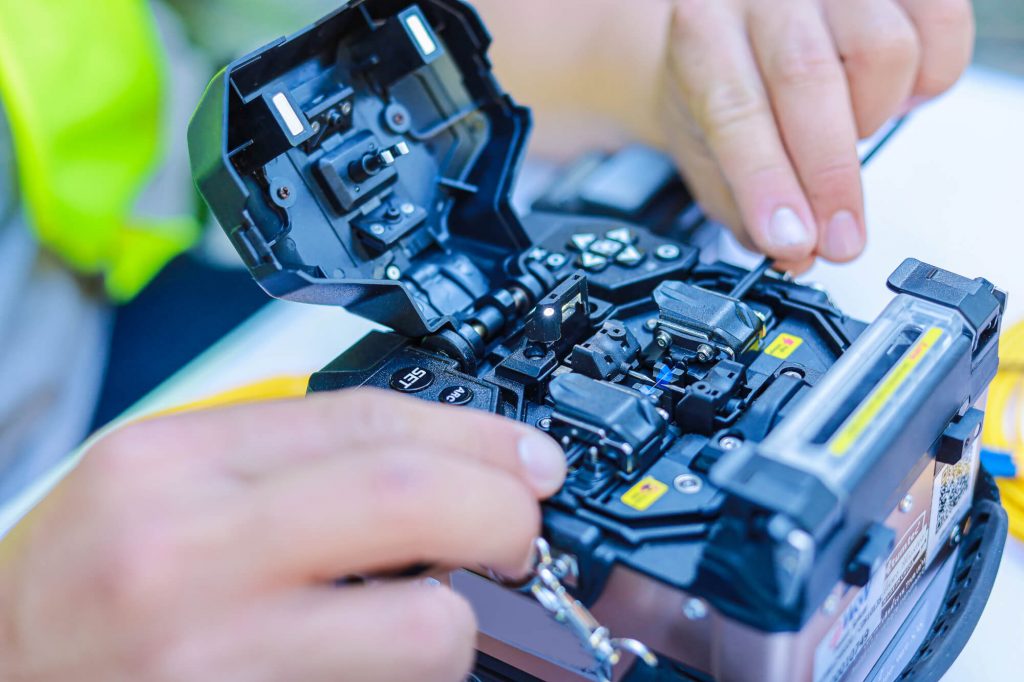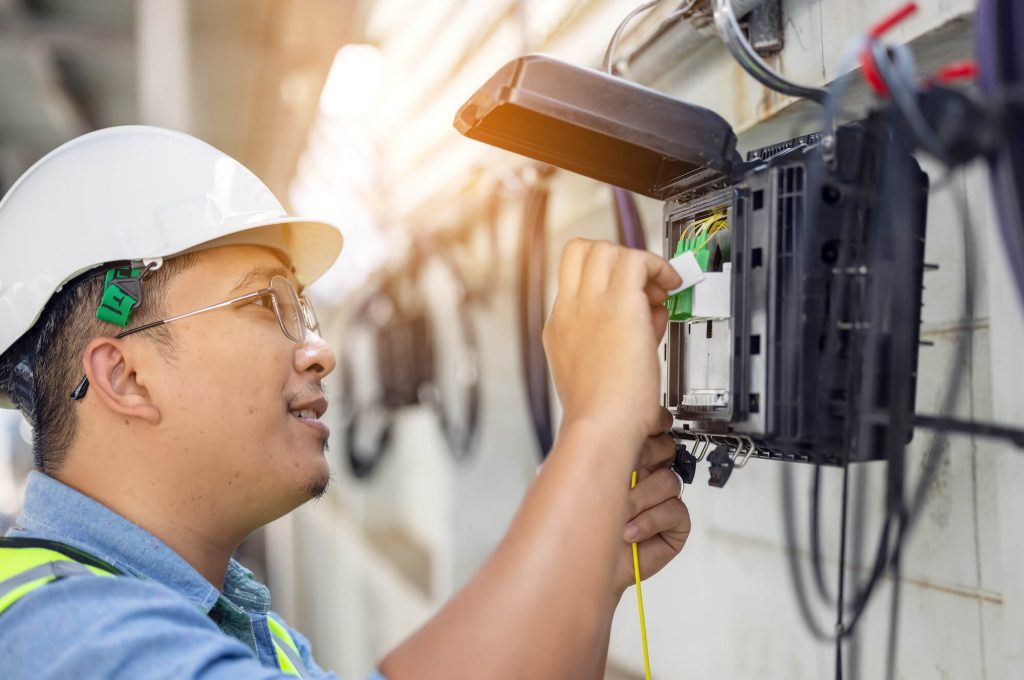
Enterprise Data Storage: Which Hosting Solutions?
Stockage des données d’entreprise : quelles solutions d’hébergement ? L’hébergement des données d’une entreprise est un enjeu majeur, car il s’agit de protéger des informations confidentielles liées à la société




